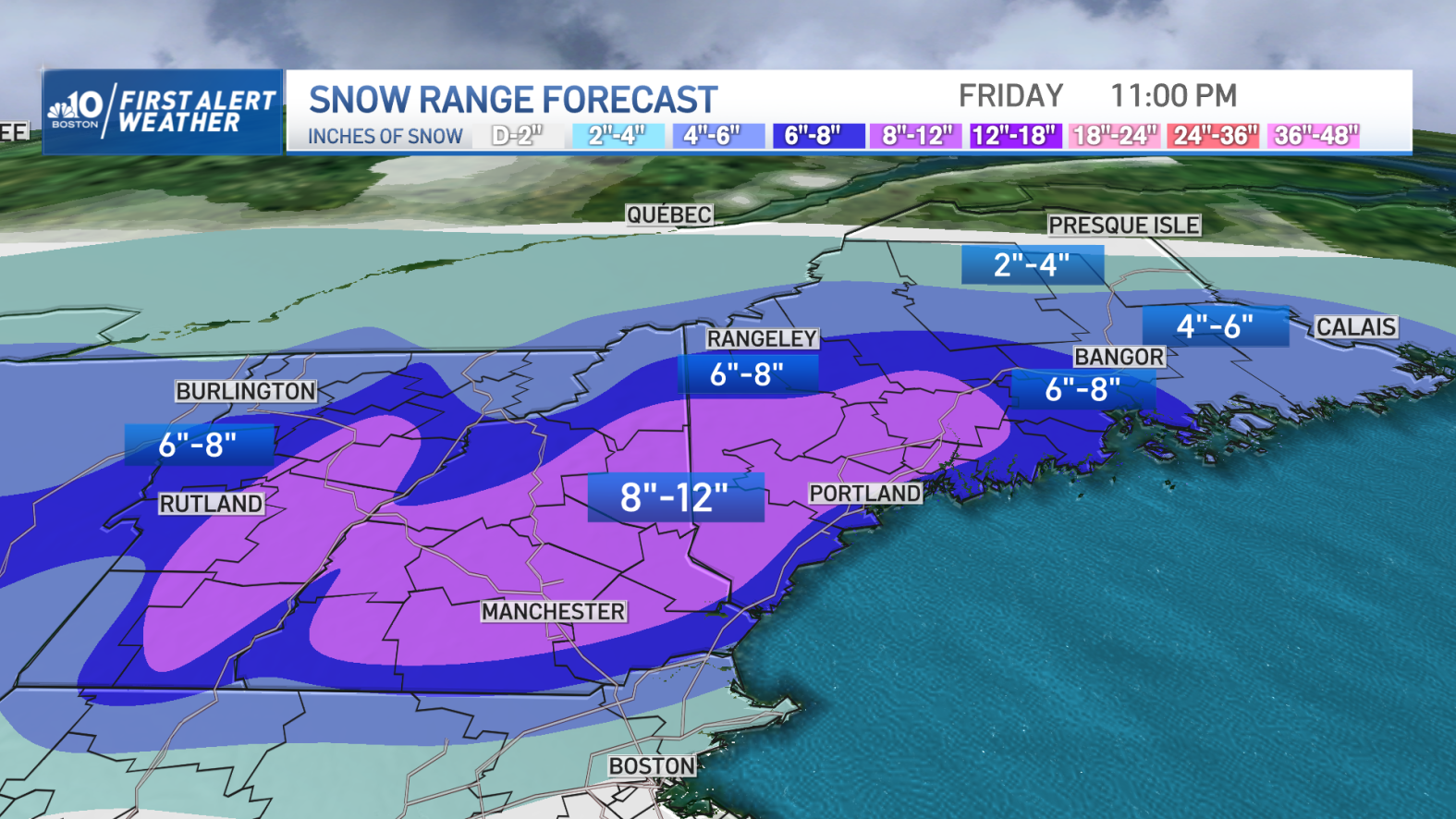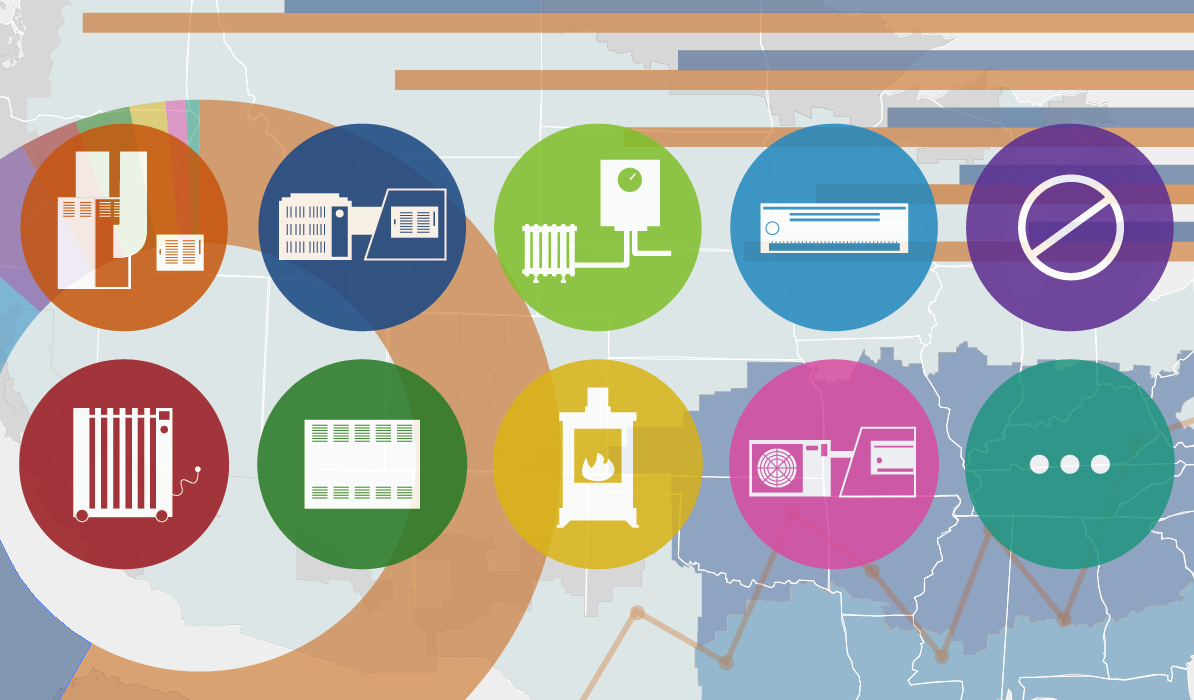NY, NJ, CT Snow Forecast: Predicting The Next Winter Storm

Table of Contents
Understanding the Science Behind Snow Forecasting in NY, NJ, and CT
Predicting snowstorms in the Tri-State area requires a deep understanding of complex meteorological factors and advanced technologies. Accurate forecasting isn't just about knowing if it will snow; it's about predicting the timing, intensity, and accumulation of snowfall.
Meteorological Factors:
Meteorologists analyze various factors to predict snowstorms:
- Jet Stream Positioning: The jet stream's position and strength significantly influence storm tracks and intensity. A southward dip can bring Arctic air masses into the Tri-State area.
- Atmospheric Pressure Systems: The interaction between high and low-pressure systems is crucial. Low-pressure systems often bring storms, while high-pressure systems typically bring clear skies.
- Temperature Gradients: The difference in temperature between air masses plays a vital role in determining the type of precipitation (snow, rain, sleet).
- Moisture Content: Sufficient moisture in the atmosphere is necessary for significant snowfall. The Atlantic Ocean provides a major source of moisture for winter storms impacting the region.
- Arctic Air Masses: Cold, dry air masses from the Arctic are essential ingredients for snowstorms. Their interaction with warmer, moist air from the Atlantic determines the intensity and type of precipitation.
- Weather Models: Meteorologists use sophisticated computer models, such as the Global Forecast System (GFS) and the North American Mesoscale (NAM) model, to simulate atmospheric conditions and predict storm tracks and intensity.
- Upper-Level Troughs and Ridges: These features in the upper atmosphere significantly impact storm development and track prediction. Troughs often lead to storm intensification, while ridges can steer storms away from the Tri-State area.
Predicting snowfall amounts accurately remains challenging due to the inherent variability in snow accumulation. Factors like snow density and wind can significantly affect final snowfall totals.
Technological Advancements in Snow Prediction:
Modern technology plays a crucial role in improving snowstorm predictions:
- Weather Satellites: Geostationary and polar-orbiting satellites provide continuous monitoring of cloud cover, temperature, and moisture content, offering a broad perspective on developing weather systems.
- Doppler Radar: Doppler radar provides detailed information on precipitation type, intensity, and movement, allowing for more accurate short-term forecasts.
- Surface Weather Stations: A network of ground-based stations provides real-time data on temperature, pressure, wind speed, and precipitation, offering crucial localized information.
- Computer Modeling and Advanced Algorithms: Sophisticated computer models combine data from various sources to simulate atmospheric conditions and predict future weather patterns. Advanced algorithms continuously improve forecasting accuracy.
- Ensemble Forecasting: This technique runs the weather model multiple times with slightly different initial conditions, providing a range of potential storm scenarios. This helps in understanding the uncertainty inherent in weather forecasting.
These advancements have significantly increased the accuracy and lead time of snowstorm predictions, allowing for better preparedness and mitigation efforts.
Key Resources for Tracking the NY, NJ, CT Snow Forecast
Staying informed about the approaching winter storm is critical. Utilizing various reliable resources ensures you get the most accurate and up-to-date information.
Reliable Weather Sources:
Several reputable sources offer comprehensive weather information:
- National Weather Service (NWS): – The official source for weather forecasts in the US, providing detailed forecasts and warnings.
- AccuWeather: – A commercial weather service offering detailed forecasts and weather alerts.
- The Weather Channel: – A popular source of weather information, providing forecasts, news, and weather-related videos.
It's always advisable to consult multiple sources for a more comprehensive understanding of the forecast. Subscribing to weather alerts and notifications from these sources will ensure you receive timely warnings.
Social Media and Community Resources:
Social media can provide quick updates but should be used cautiously:
- Social Media: Platforms like Twitter and Facebook can provide real-time updates from citizens and local news sources, but be wary of misinformation and unverified information.
- Local News Channels: Local news channels often provide detailed coverage of weather events, including live updates and expert analysis.
- Emergency Management Agencies: Check the websites of your local and state emergency management agencies for official alerts, advisories, and road closure information.
Prioritize information from official sources over unverified social media posts. Always check your local government websites for emergency information and road closures.
Preparing for the Next Snowstorm in the Tri-State Area
Proper preparation is key to minimizing the impact of a winter storm. Taking proactive steps ensures your safety and well-being.
Essential Preparedness Steps:
Before the storm hits, take these steps:
- Food and Water: Stock up on at least a three-day supply of non-perishable food and water.
- Emergency Kit: Prepare a kit with essential supplies, including a flashlight, batteries, first-aid kit, medications, blankets, and a hand-crank or battery-powered radio.
- Vehicle Preparation: Ensure your vehicle is winter-ready with snow tires, an emergency kit (jumper cables, blankets, shovel), and a full tank of gas.
- Charge Devices: Charge all electronic devices and consider having a portable power bank.
- Alternative Routes: Plan alternate routes in case of road closures.
- Communication Plan: Establish a communication plan with family and friends in case of power outages.
- Snow Removal: Have the necessary tools to clear snow from walkways and driveways.
Safety Precautions During a Snowstorm:
During the storm:
- Driving: Avoid driving unless absolutely necessary. If you must drive, drive slowly and cautiously, allowing extra distance between vehicles.
- Power Lines: Stay away from downed power lines.
- Indoor Safety: Stay warm indoors. Be aware of the risks of carbon monoxide poisoning from generators or heating systems.
- Weather Alerts: Stay informed about weather alerts and follow evacuation orders if necessary.
- Seek Help: Know how to contact emergency services if needed.
By taking these precautionary steps, you can minimize the risks associated with a winter storm.
Conclusion
Predicting the next major NY, NJ, CT snow forecast remains a complex endeavor, but advancements in technology and meteorological understanding have greatly improved accuracy and lead times. By understanding the factors involved and utilizing reliable resources, residents can better prepare for winter storms. Stay informed using reputable weather services and implement the preparedness steps outlined above to ensure your safety and well-being during the next winter storm. Don't get caught off guard—stay proactive in monitoring the NY, NJ, and CT snow forecast and take the necessary steps to protect yourself and your family. Remember to regularly check the forecast for the latest updates on the upcoming NY, NJ, CT snowstorms.

Featured Posts
-
 Eneco Innomotics And Johnson Controls Partner On Massive Heat Pump Project
May 04, 2025
Eneco Innomotics And Johnson Controls Partner On Massive Heat Pump Project
May 04, 2025 -
 Gigi Hadids 30th Birthday Public Kiss With Bradley Cooper Sparks Relationship Confirmation On Instagram
May 04, 2025
Gigi Hadids 30th Birthday Public Kiss With Bradley Cooper Sparks Relationship Confirmation On Instagram
May 04, 2025 -
 Mma Best Bets Today Ufc Des Moines Picks Odds And Predictions
May 04, 2025
Mma Best Bets Today Ufc Des Moines Picks Odds And Predictions
May 04, 2025 -
 Is Eubank Jr Right Benn Fight Overshadows Canelo Possibility
May 04, 2025
Is Eubank Jr Right Benn Fight Overshadows Canelo Possibility
May 04, 2025 -
 Ufc 314 Pimbletts Pre Fight Concerns Regarding Chandlers Fighting Style
May 04, 2025
Ufc 314 Pimbletts Pre Fight Concerns Regarding Chandlers Fighting Style
May 04, 2025
